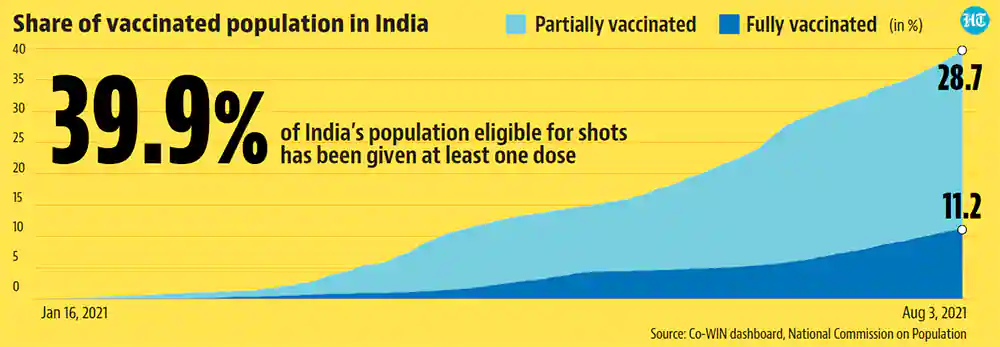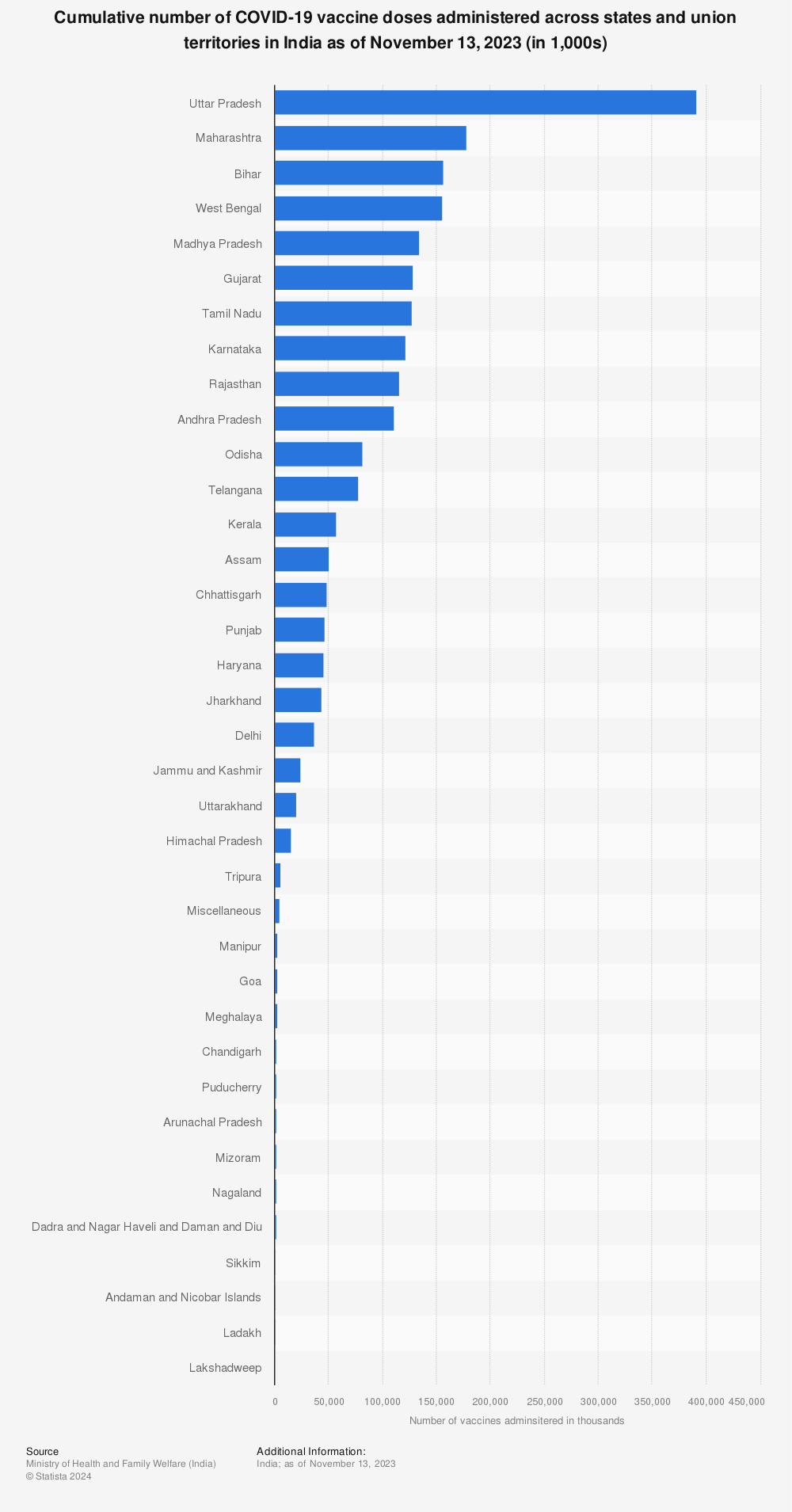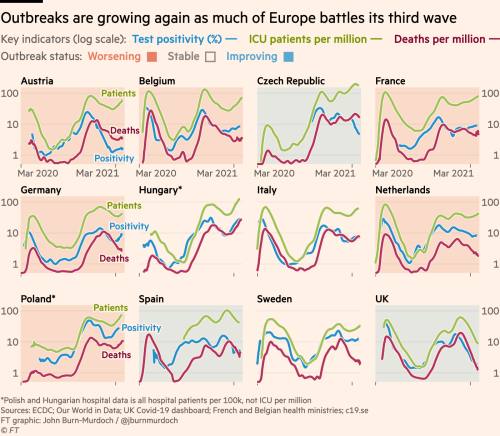If a human be asked to experience all in one year and name it, it will be called 2021.
We began expecting better scenarios as compared to its preceding year, we had hoped and believed that things might eventually fall in line.
We had a fresh experience at hand with different strains submitted to the WHO, we had the zeal to fight the pandemic, waiting for vaccines, practicing the advanced hygiene measures.
It was then we faced the second wave of Covid-19 that did not give us time. It was this wave that hit us hard.
We were equipped well when the first wave came, strict lockdowns were structured with safety precautions in place, initial cases were detected well and strains were shared with WHO from India as well. It meant we knew our enemy.
Recovering from lockdowns, periled economy, mutually-developed monotony of staying inside, public along with the government began to foster ways of opening oneself to the world more.
And therefore, the governance system failed in detecting the underlying strains as the virus mutated within human body and took time to wake up from its own slumber in detecting early cases until the killer proliferated us all.
Hence, whole of the country witnessed the deep loss to lives and livelihoods, in absolute horror. Pain and suffering of families, wailings of doctors and patients alike were hard to bear.
Every household had a story to tell: of loss, struggle or survival.
And now, it’s time for a third one. The officials and concerned health authorities are now regularly cautioning people of the possibility of a third wave.
What is a Covid wave? Is there a fixed definition describing a wave?
Is there a health agency that frames its definition or declares a striking wave?
Well, there is no streamline definition. Rather, identification of a wave depends on certain characteristics the disease exhibits.
Fall of a disease on a certain population, drawn as a graph shows a wave pattern with respective crests and troughs of the spread of an epidemic or pandemic, calling it a ‘wave’.
A wave depicts a seasonality of the disease, infections may rise and then subsequently come down, just to rise again after a brief time.
Currently, the third wave refers to a probable and noticeable surge in the cases at national level.
India has seen the daily cases count being dropped to about 2.6 lakh from earlier 4.14 lakh, whereas active cases have plummeted to 32.25 lakh.
Extra caution and stringent measures can avert the upcoming crisis although many states like Kerala, Tamil Nadu, Andhra etc. are already surrounded by the new perils.
If this trend continues, it is anticipated that by July, India could touch the same level of case counts as in February 2021.
Will the third wave be lenient on Us?
Some heath experts believe that the third wave will be even stronger than the second one but no predictions have seemingly been obeyed yet. The ripples of an infection are not something to predict, can only be worked upon.
Like many believed the second wave to be weaker than the first. However, our painful lessons are in plenty.
Why is prediction not the case with an infection of this kind?
It has been seen so far that a significant number of people had been infected during the second wave as compared to the first.
With the case positivity rate almost four times of the initial rate, targets of covid virus may have increased and achieved immunity for the time being.
According to the health estimates: “R (the infecting potential) crossed 1 on July 27 for the first time after May 7 when the last wave had ended.” R equivalent to 1 means that a covid patient can likely infect at least 1 other person.
In the latest serological-surveys, Kerala was found to have the lowest prevalence of antibodies and is also simultaneously witnessing newest of infections in the country. This may suggest us that states with higher antibody levels could garner some protection against a new line of infections.
Economists like Nobel prize winner Abhijit Banerjee have even begin speculating third wave’s impact on economy.
He said: “The economy is going slow due to the COVID situation. Earlier the IMF had said GDP growth would be 12.5 per cent. Now it is saying it would be 9.5 per cent. I apprehend it might go down to 7 per cent. Another wave will decrease it further.”
Vaccination versus Gene Mutation: what’s the matter?
Continued vaccination may have also helped to induce immunity in a considerably large proportion of the population. So, susceptible infections from a third wave may go low.
Nearly 472 million total vaccine doses have been administered so far in India and a total vaccination of 495327595 has been done as per the estimates provided by MOHFW with 7.87% of Indian population being fully vaccinated.
“There has been a gradual increase in the availability of vaccines,” an expert clarifies with government attempts creating 75,000-100,000 total immunization centres to meet its deadline.
“Although India’s vaccination rollout has been hampered by supply chain constraints and huge mistrust about vaccines in rural and certain urban areas but the government is confidently asserting that supplies will improve by August”.
As per government data, every 4 million people are being vaccinated per day.
But the impending gene mutations in Covid virus can alter and falsify all these calculations. Virus has the ability to mutate in ways that makes it to escape the immune responses developed in the already infected people, or those vaccinated.
Where else this third wave is hitting with highly contagious Delta variant?
91 countries in total have identified this strain as per mid-July.
Even the World Health Organisation (WHO) chief Tedros Adhanom Ghebreyesus has warned the world of an ‘early stage’ for COVID-19 third wave amidst the Delta variant taking its toll.
There is a flood of cases in US too, with Florida reporting all time-high record in hospital admissions.
African countries including Haiti, Lesotho, and Sierra Leone, Zambia, Egypt are all sifting through third waves with Tunisia experiencing a fourth wave already, as per World Bank data.
What can we learn from the second wave to quench the third?
Of all the wrongs we have done in past, it becomes important to learn and unlearn too when it comes to Covid prevention.
Misinformation shall be contained this time, with discrete information adhered to even by the health officials. Rationalization and uniformity are the need of the hour, to fight a common evil.
Vaccination can be a savior if done rapidly and effectively. More the number of people being vaccinated, the less the chance of viral transmission and consequent viral replication which may lessen the chances of deadly mutation.
A member of Niti Aayog explains: “This virus is very smart, very mischievous; it comes in waves. Europe is experiencing now an early up-rise once again.”
“So, the biggest lesson of the two waves that India has experienced and more than that, the world has experienced is, do not lower the guard. It means individual behavior above all.”
There shall be greater response in terms of virus-related research, building and strengthening existing health infrastructure, increase the GDP spending on health and more resilience and awareness with respect to the advanced personal hygiene.
A doctor explains: “And this ability to mitigate, not just the numbers but the impact, depends on a series of things – the number of people we have vaccinated; our ability to communicate the whole aspect and the importance of this covid appropriate behavior or the fact that the virus loves crowd, science behind the nature of the virus, the medical readiness above all.”




